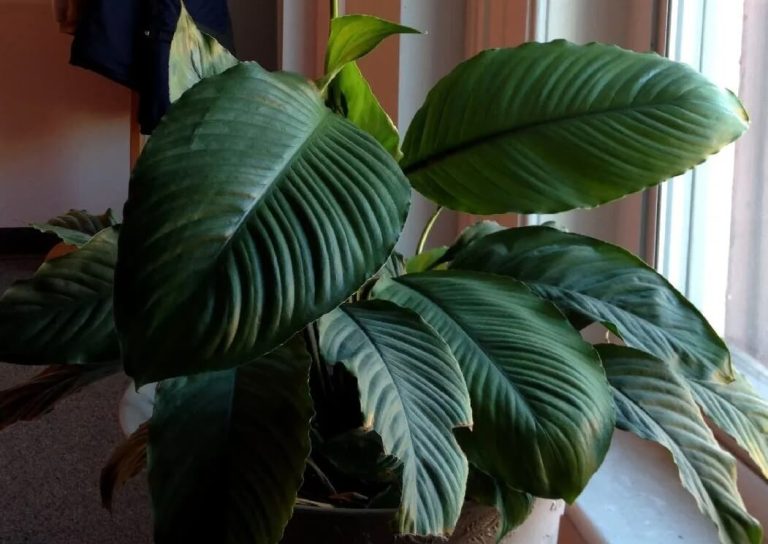If you are a peace lily owner who has encountered black leaves, you are not alone. Peace Lily Black Leaves are a common occurrence and can be caused by several factors. However, with the right care and knowledge, you can restore your plant’s health and enjoy its beautiful foliage once again.
Key Takeaways:
- Black leaves on peace lilies are a common issue that can be addressed with proper care techniques.
- By identifying the underlying causes, you can better understand how to tackle this problem effectively.
- Proper watering techniques, appropriate lighting, and pest control measures are crucial in treating and preventing black leaves on peace lilies.
- Maintaining regular care practices can prevent future leaf problems and help your peace lily thrive.
Understanding Peace Lily Leaf Problems
Peace lilies (Spathiphyllum spp.) are popular indoor plants known for their stunning foliage and ability to purify the air. However, like any plant, peace lilies can experience leaf problems that affect their overall health and appearance. Common issues include leaf browning and discoloration, with black leaves being a particularly distressing problem for many plant owners.
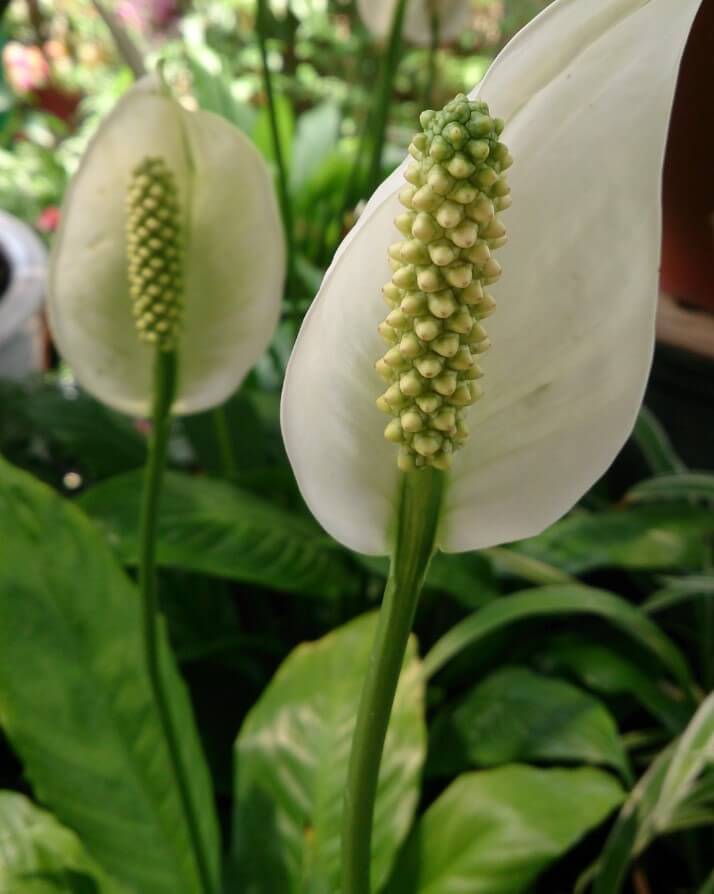
Leaf browning can occur due to several factors, including exposure to direct sunlight, low humidity, and over-fertilization. Discoloration, on the other hand, can be caused by nutrient deficiencies, chemical exposure, or pest infestations.
Black leaves on peace lilies are a specific issue that can indicate underlying problems. In most cases, black leaves are a sign that the plant is under stress and requires attention.
Black leaves can occur due to overwatering, which causes the roots to suffocate and decay, leading to fungal or bacterial infections. Similarly, underwatering can cause the leaves to turn black as the plant tries to conserve water. Another possible cause is improper lighting, as peace lilies prefer bright, indirect light. Temperature extremes can also stress the plant, causing black leaves.
If you notice black leaves on your peace lily, it is essential to identify the underlying cause and take action to restore plant health. In the next section, we will explore potential causes in more detail and provide tips on how to treat black leaves on peace lilies.
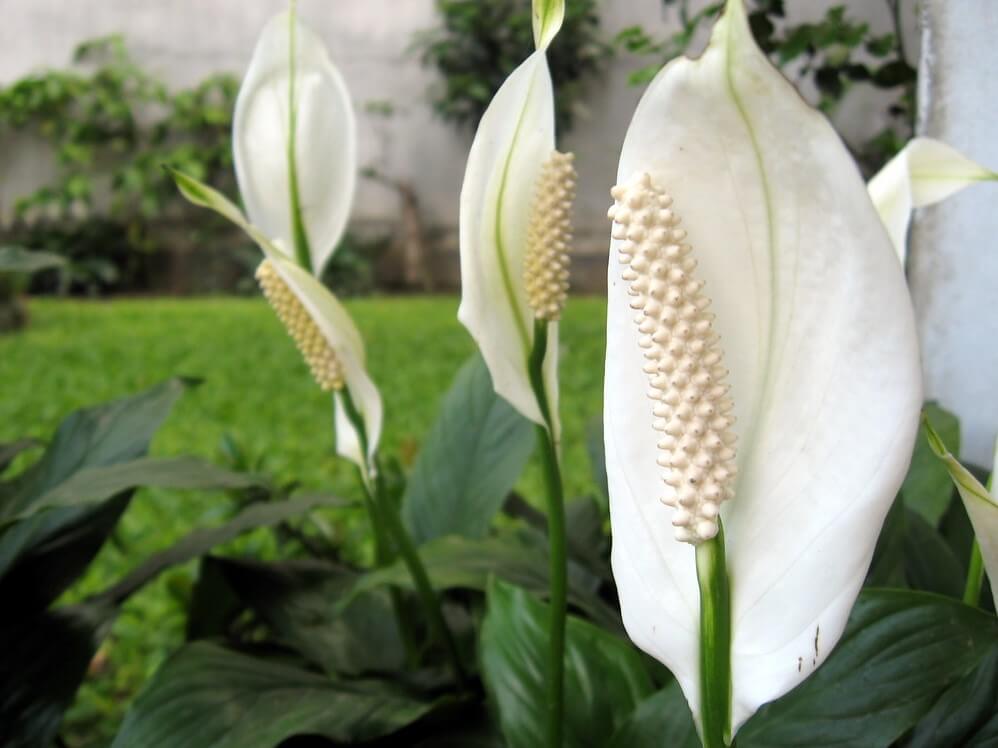
Potential Causes of Black Leaves on Peace Lily
Black leaves on peace lilies are a common problem that can be caused by various factors. It is essential to identify the underlying cause to implement the appropriate solution and restore the plant’s health. Here are the potential causes of peace lily problems:
- Overwatering: Peace lilies are susceptible to root rot if they sit in water for prolonged periods. Overwatering can also cause fungal infections, resulting in black leaves.
- Underwatering: On the other hand, peace lilies can also experience black leaves due to underwatering. This can lead to drought stress and leaf death.
- Improper lighting: Peace lilies require medium to bright, indirect light. If they receive too little or too much light, this can cause stress and lead to black leaves.
- Temperature extremes: Peace lilies prefer warm, humid conditions around 60-85°F. Extreme temperatures, especially cold drafts, can damage the leaves and cause black spots.
- Pest infestations: Peace lilies are susceptible to pests such as spider mites and mealybugs. These pests can cause leaf damage, including black spots.
Identifying the cause of your peace lily’s black leaves can help you address the problem effectively. In the next section, we will provide expert tips on how to treat black leaves on peace lilies.
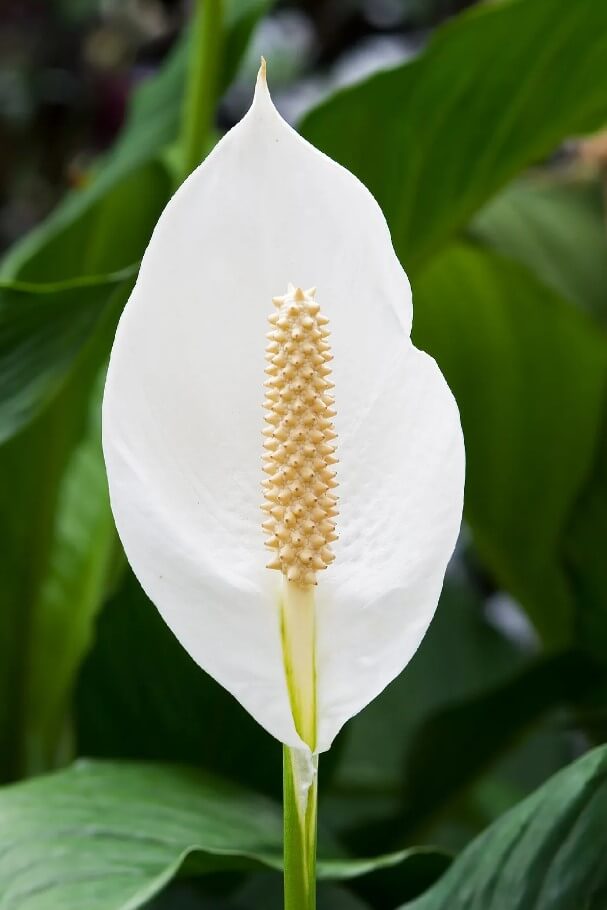
How to Treat Black Leaves on Peace Lily
Black leaves on peace lilies can occur due to various factors, including overwatering, underwatering, improper lighting, temperature extremes, and pests. To treat black leaves on peace lilies, we recommend the following steps:
- Adjust watering practices: If you have been overwatering your plant, allow the soil to dry out before watering again. On the other hand, if you have been underwatering your peace lily, water it more frequently. Always ensure proper drainage and avoid leaving the plant sitting in standing water.
- Improve lighting conditions: Peace lilies thrive in bright, indirect light. If your plant is not receiving enough light, move it to a brighter location. However, direct sunlight can damage the plant, so avoid placing it in direct sunlight.
- Maintain proper humidity levels: Peace lilies prefer humid environments. If the air is too dry, mist the leaves with water or use a humidifier to increase the humidity levels around the plant.
- Implement pest control measures: Pests such as spider mites and mealybugs can cause black leaves on peace lilies. To remove these pests, wipe the leaves with a solution of water and mild soap or use insecticidal soap.
By following these tips, you can restore your peace lily’s health and prevent future leaf problems. Remember to provide proper care, including regular watering, suitable lighting, and occasional fertilization.
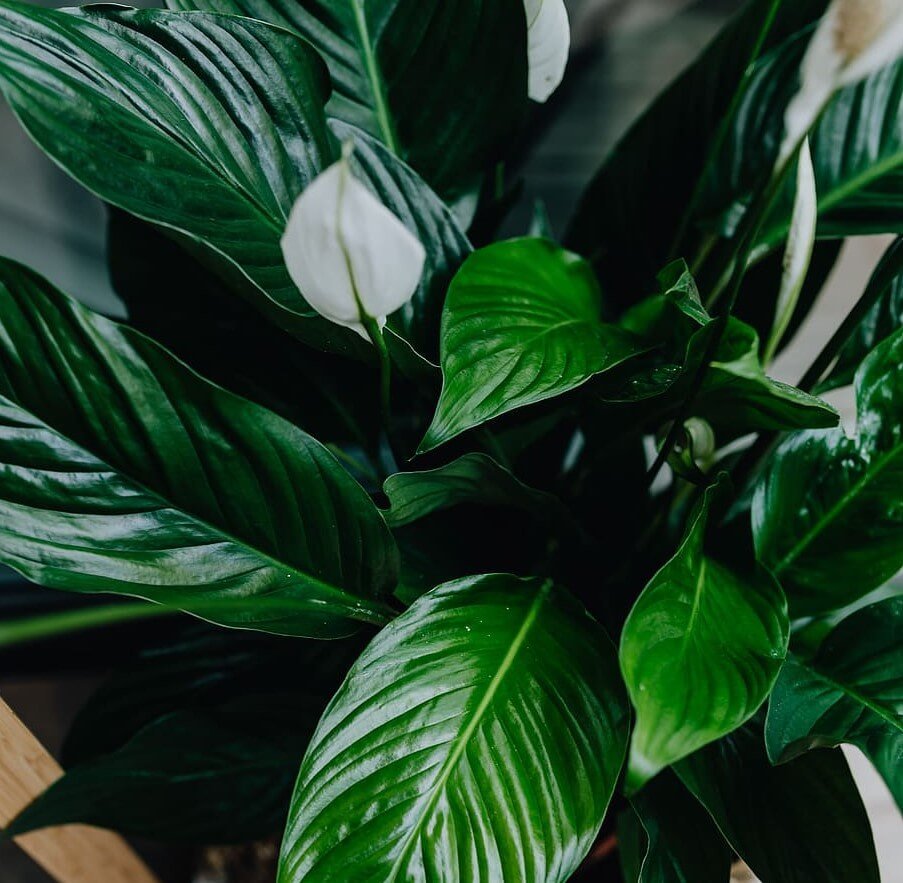
Preventing Future Leaf Problems
Proper care is essential to maintain a healthy peace lily, and avoiding common problems can save you time and frustration. Here are some essential peace lily care tips to prevent future leaf problems:
- Watering: Use room temperature distilled water or rainwater, and ensure the pot has proper drainage. Water only when the top inch of soil is dry, and avoid overwatering or underwatering.
- Potting mix: Choose a well-draining and nutrient-rich potting mix, and repot when necessary to prevent root congestion.
- Lighting: Peace lilies prefer bright, indirect light but can tolerate low light conditions. Avoid exposing them to direct sunlight, as it can scorch the leaves.
- Humidity: Increase humidity levels by using a humidifier or placing a tray of water near the plant. Misting can also help, but avoid misting directly on the leaves.
- Maintenance: Regularly dust the leaves to maintain their ability to absorb light and moisture, and prune yellow or damaged leaves to redirect the plant’s energy to healthy foliage.
By following these peace lily care tips, you can prevent common issues such as black leaves, yellowing leaves, and other leaf problems. With proper care, your peace lily will thrive and beautify your space for years to come.
Troubleshooting Yellowing Peace Lily Leaves
If your peace lily leaves are turning yellow, it could be a sign of several issues. One potential cause is overwatering, which can lead to root rot and yellowing leaves. To remedy this, reduce watering frequency and make sure your plant is not sitting in standing water.
Another cause of yellowing leaves could be underwatering. Peace lilies require consistent moisture, and if they are not receiving enough water, their leaves can turn yellow. To address this, make sure you are watering your plant regularly, and consider increasing the humidity around it.
Improper lighting can also cause yellowing leaves on peace lilies. These plants prefer bright but indirect light, so make sure your peace lily is not in direct sunlight or in an excessively dark area. Additionally, ensure your peace lily is not exposed to extreme temperatures, as this can also lead to yellowing leaves.
If you have ruled out these potential causes and your peace lily’s leaves are still yellowing, it may be a sign of a pest infestation or a nutrient deficiency. To address this issue, consider using a natural insecticide or adding a fertilizer specifically formulated for peace lilies.
By identifying the cause of yellowing leaves and addressing it promptly, you can help ensure your peace lily remains healthy and vibrant. Remember to follow proper care techniques, including consistent watering, appropriate lighting, and adequate humidity levels.
Conclusion
As we wrap up our discussion on peace lily care, we hope that this article has provided you with valuable insights into fixing black leaves on peace lilies. Remember that understanding the common leaf problems and identifying the underlying causes are crucial in restoring your plant’s health. By implementing the right care techniques, you can prevent future leaf problems and ensure your peace lily remains vibrant and beautiful.
At the end of the day, taking care of your peace lily requires regular upkeep and attention to detail. We recommend keeping a close eye on your plant and addressing any issues as soon as they arise. With patience and dedication, your peace lily will reward you with its stunning foliage and air-purifying benefits.
FAQ
Q: What should I do if my peace lily has black leaves?
A: If your peace lily has black leaves, it may be a sign of various issues. First, check the soil moisture and adjust watering accordingly. Ensure the plant is receiving adequate light without being exposed to direct sunlight. Maintain a temperature range of 65-85°F (18-29°C) and avoid extreme temperature changes. Additionally, inspect the plant for pests and implement appropriate pest control measures.
Q: How can I identify the causes of black leaves on my peace lily?
A: Black leaves on peace lilies can be caused by overwatering, underwatering, inadequate lighting, temperature extremes, or pest infestations. Carefully examine the plant and consider the watering schedule, lighting conditions, temperature fluctuations, and signs of pests to determine the root cause of the black leaves.
Q: How do I treat black leaves on my peace lily?
A: To treat black leaves on your peace lily, start by adjusting the watering practices. Ensure the soil is well-drained and water the plant when the top inch of soil feels dry. Avoid overwatering, as this can lead to root rot. Provide the plant with bright, indirect light and maintain appropriate humidity levels. If pests are present, use insecticidal soap or neem oil to control the infestation.
Q: How can I prevent future leaf problems on my peace lily?
A: To prevent future leaf problems on your peace lily, follow these care tips: water the plant when the top inch of soil feels dry, choose a well-draining potting mix, place the plant in bright, indirect light, maintain a temperature range of 65-85°F (18-29°C), and regularly inspect the plant for pests. Additionally, provide adequate humidity by misting the leaves or using a humidifier.
Q: What should I do if my peace lily leaves are turning yellow?
A: Yellowing leaves on peace lilies can be a sign of overwatering, underwatering, low humidity, or nutrient deficiencies. Check the soil moisture, adjust watering if necessary, and provide proper humidity levels. Ensure the plant is receiving adequate light and consider fertilizing with a balanced houseplant fertilizer. Remove any yellowed leaves to encourage healthy growth.
